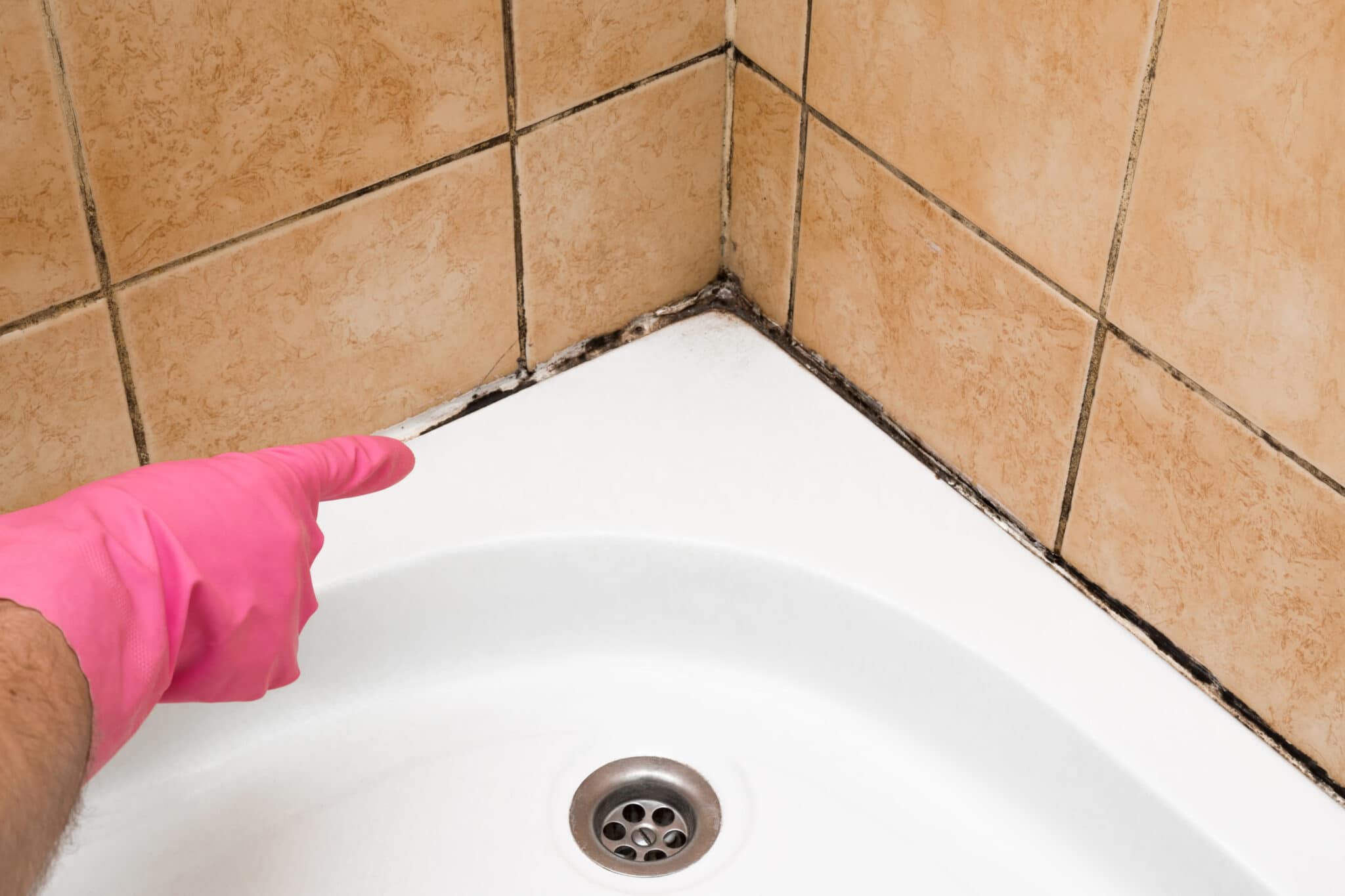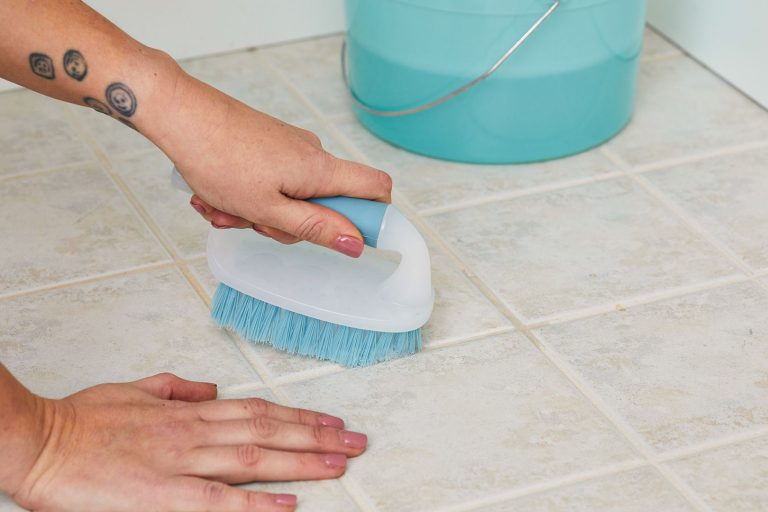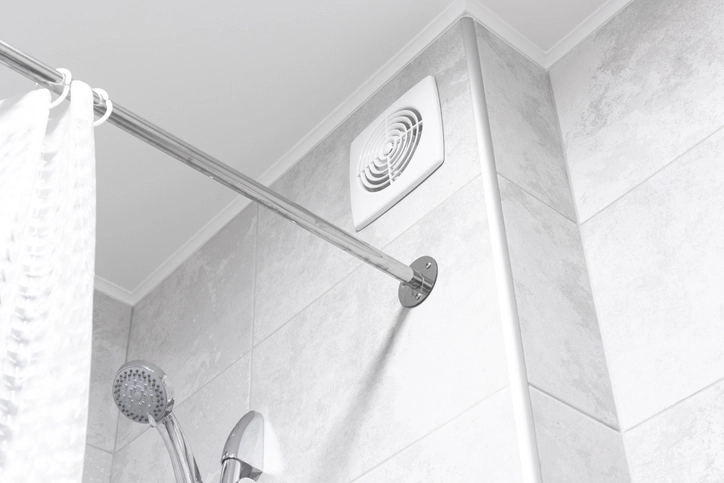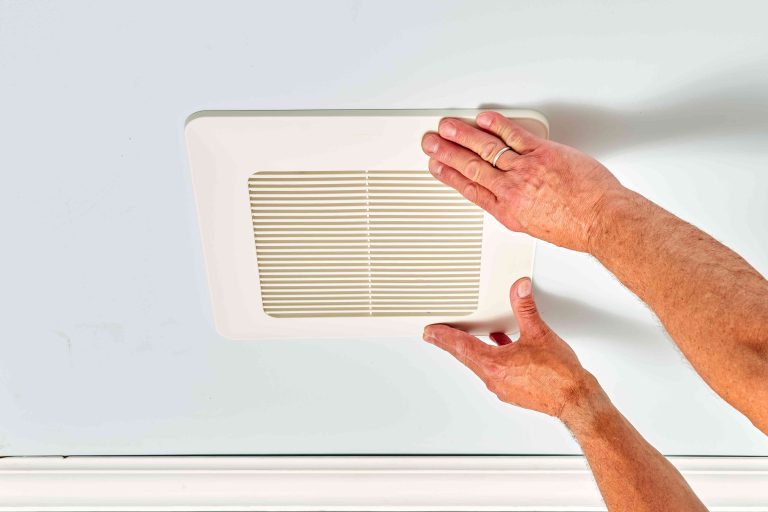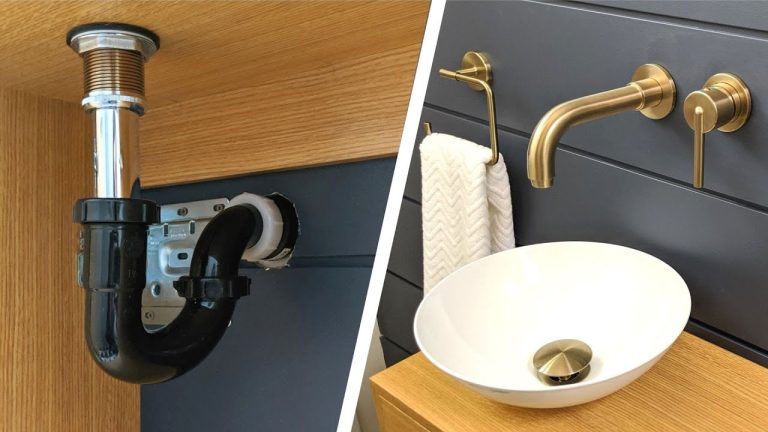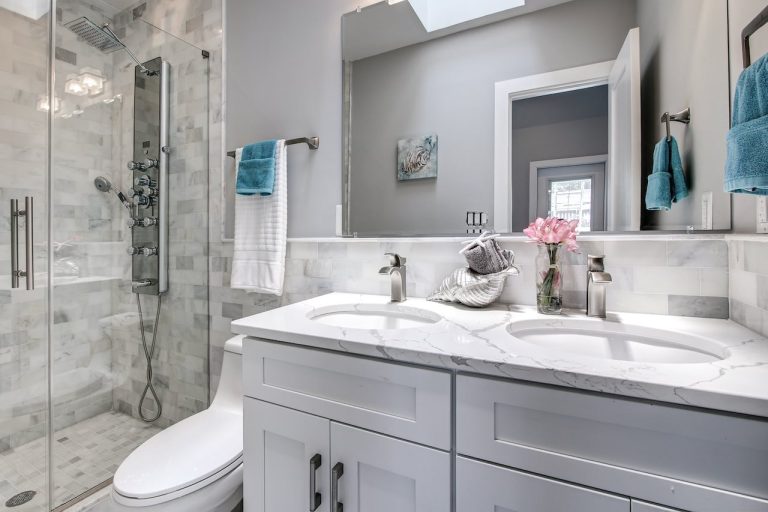CAN YOU CLEAN UP BATHROOM MOLD?
Cleaning bathroom mold can be a difficult and daunting task. It is important to clean up bathroom mold as soon as you notice it to prevent further growth and damage. Bathroom mold is caused by excess moisture and can be found in areas such as around the sink, shower, and bathtub. It can also be found behind tiles and on walls. To properly clean up bathroom mold, you will need to identify the type of mold and follow specific steps to ensure it is removed properly. This includes proper ventilation, the use of cleaning products, and other preventative measures. With the right knowledge and supplies, you can successfully clean up bathroom mold and protect your home from further damage.
What is Bathroom Mold?
Mold in the bathroom is a common problem for many households. It can appear on walls, ceilings, floors, and other surfaces as a result of moisture, humidity, and poor ventilation. Bathroom mold is not only unsightly but can also have serious health consequences. It can cause a range of allergic reactions, from sneezing and watery eyes to more serious respiratory issues. It can also cause damage to the structure of your home, leading to costly repairs. To protect yourself and your family from the potentially dangerous effects of bathroom mold, it is important to be proactive in controlling the moisture and humidity in your bathroom and to clean and dry any areas affected by mold. Regular inspection and maintenance of your bathroom can help to keep mold at bay.
What Causes Mold in Bathrooms?
Mold growth in bathrooms is a common problem that can cause damage to your home and health. Mold is caused by moisture, which can come from a variety of sources, including condensation on cold surfaces, leaking pipes or fixtures, poor ventilation, and high humidity levels. To prevent mold in bathrooms, it’s important to reduce moisture in the air by running the exhaust fan or opening a window when showering and to fix any leaks or condensation issues immediately. Additionally, using a dehumidifier and cleaning regularly can help keep mold at bay. With the right prevention methods, you can enjoy a clean, safe, and mold-free bathroom.
What Are the Health Risks of Bathroom Mold?
Mold can be a major health concern, particularly in the bathroom. Bathroom mold can build up in areas with excess moisture, like showers and tubs, and can cause a wide range of adverse health effects. The most common health risks of bathroom mold include respiratory issues, eye irritation, skin rashes, headaches, and even asthma attacks. To prevent these health risks, it is important to keep the bathroom dry and properly ventilated, as well as regularly check for signs of mold growth and clean it promptly if found. Additionally, it can be helpful to invest in a dehumidifier to reduce the moisture in the air and decrease the risk of mold growth. Though bathroom mold can be a nuisance, taking the necessary steps to avoid it can help ensure a healthy and mold-free bathroom.
How to Identify Bathroom Mold
Mold in the bathroom can be a gross and potentially dangerous problem. Identifying it is the first step in getting rid of it. You should look for any discoloration or spotting on the walls, ceilings, and floors of your bathroom. Also, keep an eye out for any musty odors or visible signs of water damage. If you find any of these things, you should test for mold using a mold test kit. Once you have identified the presence of mold, you can begin the process of removing it safely and effectively.

How to Prevent Bathroom Mold
Bathroom mold is a common problem that can cause a wide range of health issues for you and your family. Fortunately, there are a few simple steps you can take to help prevent bathroom mold from taking over your home. First, make sure to keep your bathroom dry by using an exhaust fan or opening a window to ventilate the room after showering or bathing. Additionally, cleaning your bathroom regularly with a bleach-based cleaner or other mold-killing products can go a long way in preventing the growth of mold. Finally, if you have a shower curtain, keep it closed while you shower to help prevent water from splashing and pooling around your bathroom floor. Taking these simple precautions can help keep bathroom mold away and keep you and your family healthier.
How to Remove Bathroom Mold
Removing bathroom mold can be a daunting task but it doesn’t have to be. With a few simple steps, you can easily rid your bathroom of unwanted mold. Start by removing any visible mold with a damp cloth or sponge, then disinfect the area with a bleach solution. Once the area has been disinfected, you’ll want to dry it out completely. Consider using a dehumidifier to help rid the room of any excess moisture. Finally, keep the area free of moisture and humidity to prevent mold from returning. With these steps, you’ll be able to keep your bathroom mold-free in no time.
How to Clean and Disinfect After Mold Removal
Mold can be a difficult problem to tackle, but the need for removing it is essential in order to maintain a healthy home environment. Cleaning and disinfecting after mold removal are important steps in the process. First, it’s important to clean all surfaces with soap and water to remove any debris, dirt, and mold. Once the surface is cleaned, use a disinfectant to kill any remaining mold spores. Depending on the type of mold, you may need to use a special type of cleaner or a bleach solution. Ensure that the area is completely dry before applying any additional treatments, such as paint or sealer. Finally, it’s important to ensure that the area is well-ventilated to prevent future mold growth. Following these steps can help you properly clean and disinfect after mold removal, ensuring that your home is safe and healthy.
Final Thoughts on Bathroom Mold Prevention and Cleanup
Mold in the bathroom can be a serious issue, but with proper prevention and cleanup techniques, it can be managed and eliminated. Regular maintenance and inspection of bathroom fixtures and surfaces can help identify mold growth early on and prevent it from spreading. Additionally, proper ventilation and the use of non-porous materials can help to prevent mold from growing in the first place. In the event of a mold infestation, thorough cleaning and disinfection of the affected area is the best way to ensure the mold does not return. By following these steps, you can keep your bathroom free from mold and maintain a healthy and safe environment for you and your family.
FAQs About the CAN YOU CLEAN UP BATHROOM MOLD?
1. What is the best way to clean bathroom mold?
Answer: The best way to clean bathroom mold is to use a solution of equal parts bleach and water, and scrub the affected areas with a scrub brush.
2. How can I prevent bathroom mold from coming back?
Answer: To prevent bathroom mold from returning, ensure that the area is properly ventilated, making sure to open windows after showering and running the bathroom fan. Additionally, use a mildew-resistant shower curtain and clean the bathroom regularly.
3. Are there any health risks associated with cleaning bathroom mold?
Answer: Yes, it is possible that breathing in mold particles during bathroom cleaning can cause respiratory issues, allergies, and other health problems. It is important to wear protective clothing and a face mask when cleaning mold to avoid any potential health risks.
Conclusion
Cleaning up bathroom mold can be difficult and time-consuming but it is not impossible. There are a few steps you can take to ensure that the mold is removed and that your bathroom stays clean and healthy. First, you should identify the source of the moisture that caused the mold to form. Then, you can use a combination of physical removal and chemical treatments to get rid of the mold. Finally, you should regularly inspect your bathroom to monitor for mold growth and take action if necessary.
